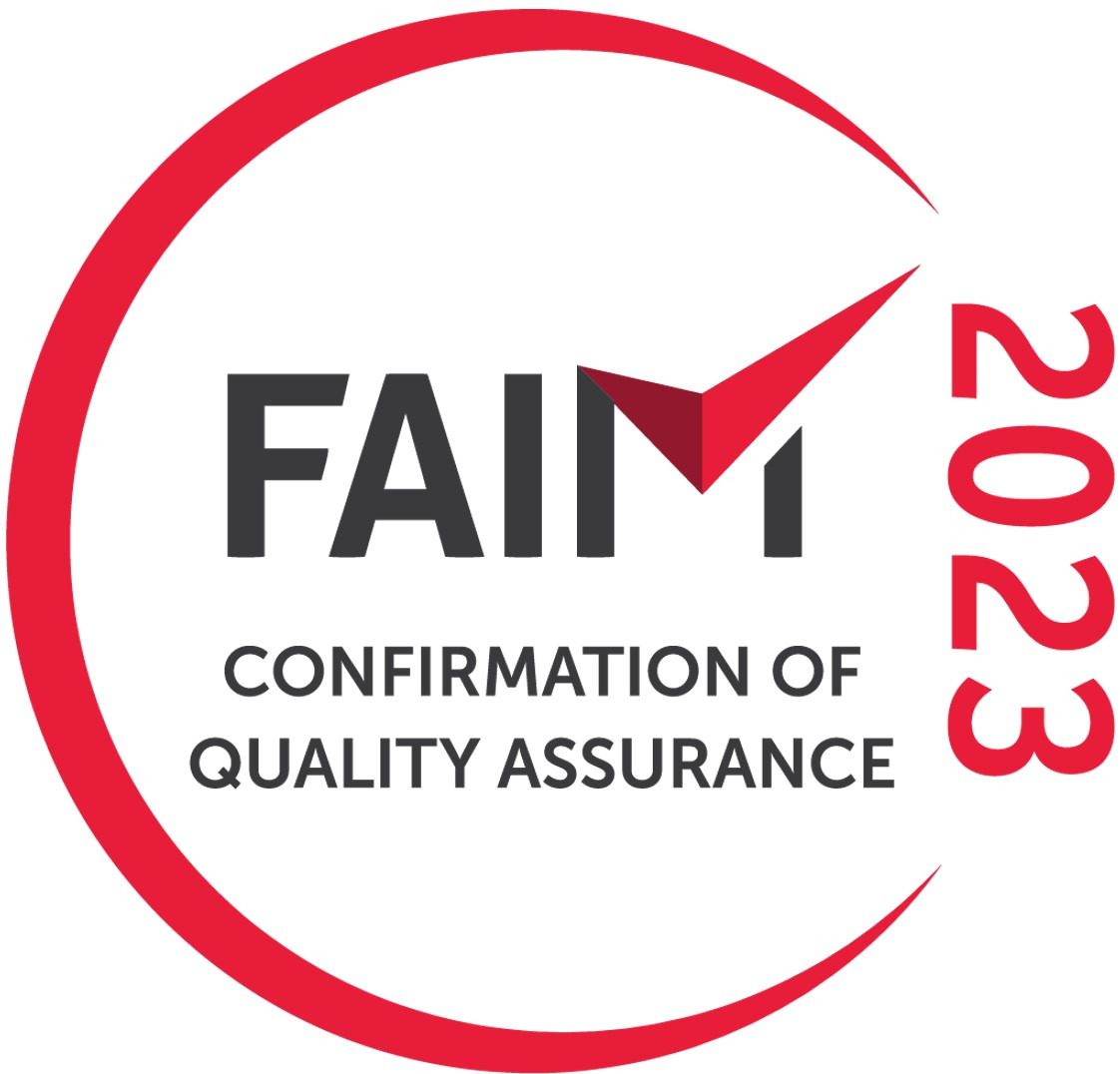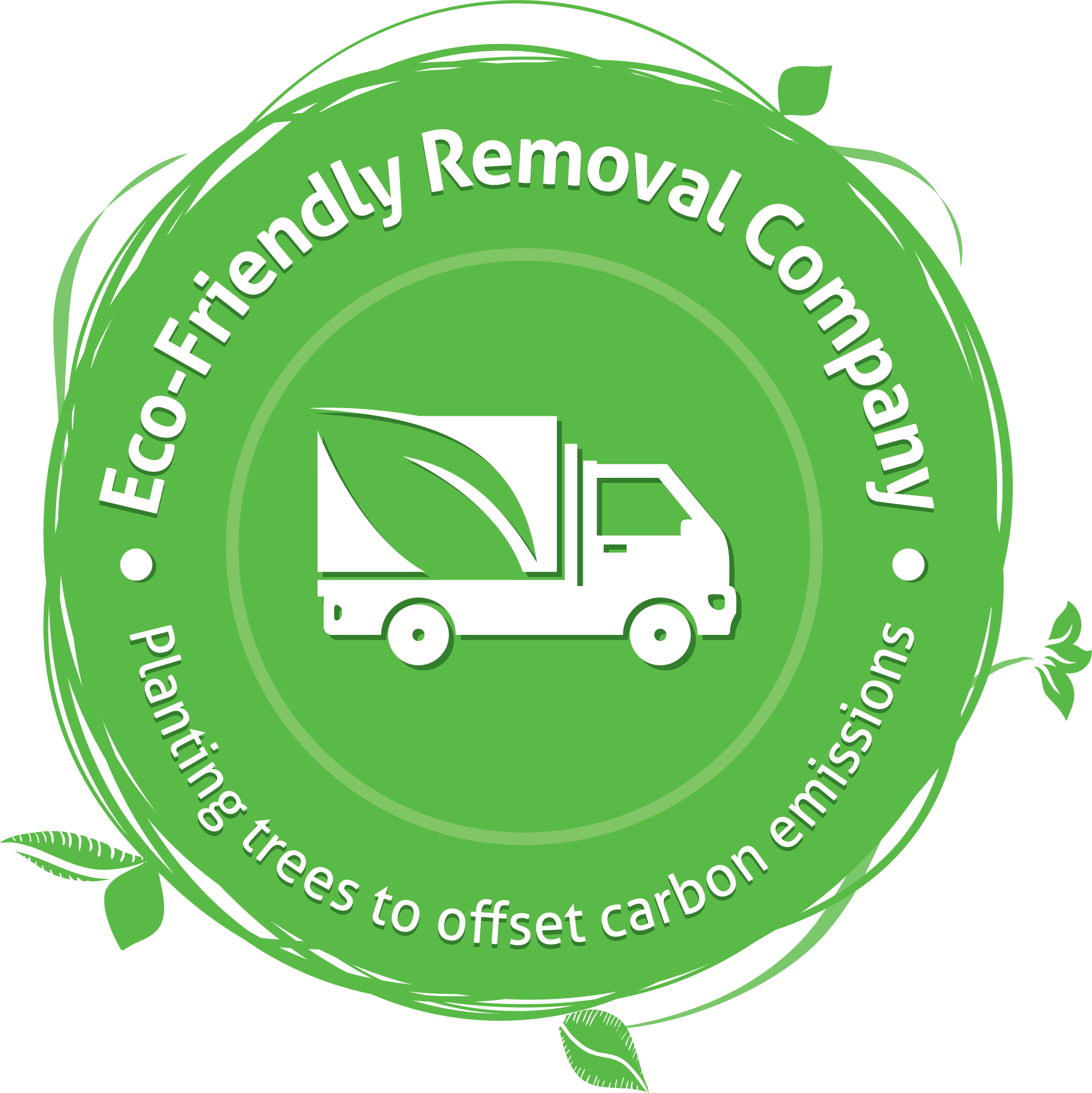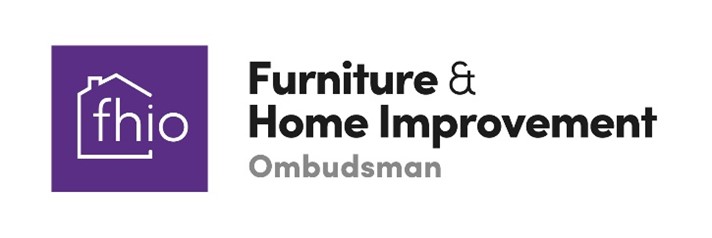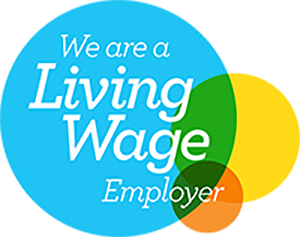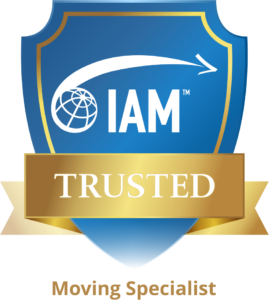Australia is a fantastic place to bring up children with its idyllic climate, great schools and high standard of living. If, like thousands of others, you’re considering relocating your family down under, choosing how to find a school in Australia can be one of the most challenging parts of preparing for your move. The decision is, without doubt, one of the most important you will make as it will directly affect the happiness and future prospects of your children. But where to look? What to look for? How to apply? There are so many questions, but we can help answer them with our helpful guide on how to find a school in Australia.
What Are the Most Important Things to Consider?
With a seemingly endless stream of questions and vast resources to search when researching how to find a school in Australia, it is hard to know where to begin in your search. Making a list of the most important things for you and your child is a great place to start. Prioritising what you want from a school will help focus your search. For example, do you want a school within a certain radius of your house? Would you prefer a school with excellent sporting facilities or an impeccable academic record? Do you want a large, well-equipped school or a smaller, more intimate setting? Would you prefer co-ed or single sex education? Once you’ve made these decisions, you know what to look for and can begin your search.
State or Private?
One of the biggest decisions to make initially when thinking about how to find a school in Australia is whether to send your son or daughter to a government run state school or a private independent school. While many expats feel there is a certain security in choosing a private school, it is gradually becoming more common to find expat children in state education. Private schools generally offer better, newer facilities and slightly smaller class sizes, however, state schools offer an equally high standard of teaching and are less of a financial burden.
If you are considering a government school, it is worth noting that if you are moving to particular states on a temporary visa, your children may not be eligible for free public education. Queensland, Victoria and South Australia do not charge these fees, however New South Wales, Australian Capital Territory, Western Australia, Northern Territory and Tasmania will. Almost all state schools are not entirely free as most expect parents to cover the cost of uniform, equipment and stationary and make ‘voluntary contributions’ to the school.
What About Faith Schools?
In Australia, like in the UK, there are also faith schools that offer a good education within a religious framework. Catholic schools alone make up over 60% of all non-government schools and you will also find Anglican, Jewish and Islamic schools in most Australia cities. Unlike the UK, almost all Australian faith schools are fee paying however, due to church and government subsidies, fees are typically just 25-50% of those of non-faith private schools. Catholic and other faith schools are generally well regarded and a great option for parents who wish their children to have a good education within a solid religious context.
How to Find a School in Australia
How Can I Find Information and Compare Schools?
Once you know what you’re looking for, you need to find out where to search for local schools that fit your brief. When looking at how to find a school in Australia, make sure to look at the several websites that provide lists and comparison tools. Here is our guide to just a few of them:
Real Estate
For a general overview of schools close to your prospective new home, realestate.com.au can help. Like many UK based property search engines, this website allows you to find any home for sale and also lists all local schools with links to their website for further information.
The Australia Schools Directory
http://www.australianschoolsdirectory.com.au
This website offers an impartial list of all schools which you can search by location or type (Independent, Catholic or Government). Parents can also register to create a shortlist and compare their final choices.
Better Education
Once you’ve found which schools are in your chosen area, visit bettereducation.com.au where you can compare up to six schools by English and Maths tests results and overall state score. The overall state score is an academic performance index that gives schools a score of between 60 and 100, with 100 being the best, based largely on their academic results. By clicking on any of your selected schools, you can also find contact details and usually a link to the school website for further information. This really useful website can be a key tool for planning how to find a school in Australia.
My School
For more information on particular schools, visit My School. This is a Government run database with a wealth of information about individual schools from staff numbers and enrolments to student background and financing.
State Departments of Education
Each state’s Department for Education has its own website with information on curriculums, funding, enrolment and much more. These websites also offer further details about all government run schools in the state, including in depth descriptions and annual reports so should be a key resource when researching how to find a school in Australia. Annual reports are particularly useful as they not only detail the schools academic achievements but also give an insight into the extra curricular achievements from artistic endeavours to sporting triumphs. To find out more, click on the links below:
Private Schools
Private Schools Directory: www.privateschoolsdirectory.com.au
If you have decided that you’d prefer private schooling for your children, this directory has all the information you need about every independent school in Australia. Whether you’re looking for a faith based school or an institution that follows an alternative learning method such as Montessori, you’re sure to find a suitable school here. You can search by suburb and school type and can then find contact details and locations for all appropriate schools.
How Do I Get a Place at One of My Chosen Schools?
To find out if the school has space and will accept your child, simply email the school’s administrative office. Be sure to explain your child’s age and educational background as well as your particular visa status as a few schools do not accept children of temporary residents on a 457 visa or similar. You will also have to give your full new address as the school will need to check you will be living within their ‘zone’. If you are ‘out of zone’, your request will be considered, but you are far less likely to gain a place unless you have a particular, good reason for choosing that school. You can write to as many schools as you wish, but it is worth contacting a few schools to ensure at least one positive response.
When Should My Child Start School?
The Australian school year runs from January to December and is divided into four terms. It is perfectly possible to join a school at any point through the year, although it may be easier on your son or daughter to join at the start of a term. Some find that moving in December, during the long Summer Break, is the least disruptive as it feels more like a continuation of the school year for the child, but it will still be a new start for their peers.
If you are moving overseas with younger children, it is worth noting that the age at which children start school varies slightly state by state. Generally, children start school in the January if they turn five during or before the coming Summer. The exact date varies in each state, to find out more check out Bob in Oz’s guide to Australian schools.
While settling your child in to a new school on the other side of the world is a daunting prospect, with a bit of research using our how to find a school in Australia guide as a starting point and a few checks you are sure to find the right school for your family. As you settle into life in Oz, your offspring will soon be enjoying a fantastic education down under.





